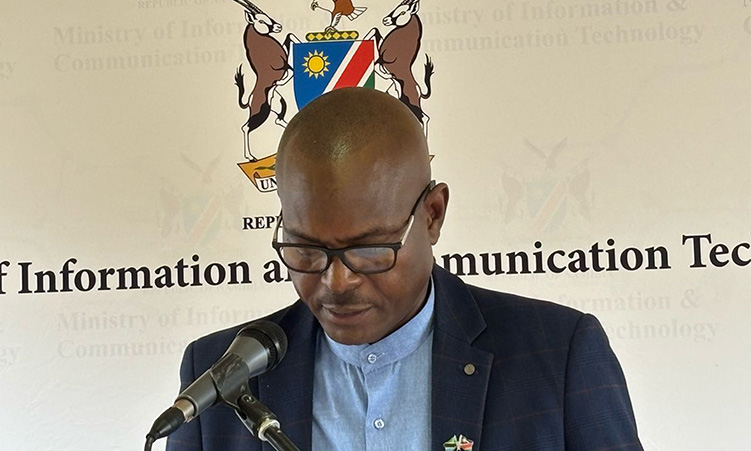NAMIBIA has signed a multi-million-dollar exploration deal with Russian drilling company Sintezneftegaz to look for oil and gas along the country’s coastline, officials said Friday.
The US$84 million (69 million euros) deal marked the Moscow-based company’s first venture into Africa, looking at an area off Namibia’s northern border with Angola, which is sub-Saharan Africa’s second largest oil producer. “The agreement includes the drilling of one well in Block 1711,” Mines and Energy Minister Erkki Nghimtina said at a signing ceremony in the Namibian capital to clinch the four-year deal.”We have always had oil and gas interests in the Arctic, mainly in the Barents Sea,” added Leonid Lebedev, founder of Sintezneftegaz’s parent company Sintez Group.”We now want to expand to Africa,” he told AFP.Formerly held by the US-based Vanco Energy Company, Block 1711 has the potential to yield viable quantities of both oil and gas, according to industry specialists.But energy minister Nghimtina said, “Vanco pulled out recently as its search for a strategic partner was unsuccessful.”They left us with valuable seismic data, which is to the advantage of Sintez,” he said.Sintezneftegaz will keep a 70 per cent share in the Namibian venture, while sharing a 10 per cent equity stake with South Africa’s national petroleum company PetroSA.Canadian-based Energulf Resources is to take 10 per cent, while the National Petroleum Company of Namibia (Namcor) will have seven per cent.”The remaining three percent will go to a Namibian black empowerment company that we still have to identify,” Lebedev said.Offshore exploration first started off the Namibian coast in 1968 leading to Chevron’s discovery of the Kudu gas field in 1973.Further exploration only took place after Namibian independence in 1990 and two years later the first blocks for oil and gas exploration were awarded.Recent months have seen the country award several gas and oil exploration licences, mainly offshore.Licencees were BHP Billiton, Hunt Oil, First African Oil Corporation and INA Industrija out of Croatia.- Nampa-AFP”The agreement includes the drilling of one well in Block 1711,” Mines and Energy Minister Erkki Nghimtina said at a signing ceremony in the Namibian capital to clinch the four-year deal.”We have always had oil and gas interests in the Arctic, mainly in the Barents Sea,” added Leonid Lebedev, founder of Sintezneftegaz’s parent company Sintez Group.”We now want to expand to Africa,” he told AFP.Formerly held by the US-based Vanco Energy Company, Block 1711 has the potential to yield viable quantities of both oil and gas, according to industry specialists.But energy minister Nghimtina said, “Vanco pulled out recently as its search for a strategic partner was unsuccessful.”They left us with valuable seismic data, which is to the advantage of Sintez,” he said.Sintezneftegaz will keep a 70 per cent share in the Namibian venture, while sharing a 10 per cent equity stake with South Africa’s national petroleum company PetroSA.Canadian-based Energulf Resources is to take 10 per cent, while the National Petroleum Company of Namibia (Namcor) will have seven per cent.”The remaining three percent will go to a Namibian black empowerment company that we still have to identify,” Lebedev said.Offshore exploration first started off the Namibian coast in 1968 leading to Chevron’s discovery of the Kudu gas field in 1973.Further exploration only took place after Namibian independence in 1990 and two years later the first blocks for oil and gas exploration were awarded.Recent months have seen the country award several gas and oil exploration licences, mainly offshore.Licencees were BHP Billiton, Hunt Oil, First African Oil Corporation and INA Industrija out of Croatia.- Nampa-AFP
Stay informed with The Namibian – your source for credible journalism. Get in-depth reporting and opinions for
only N$85 a month. Invest in journalism, invest in democracy –
Subscribe Now!










